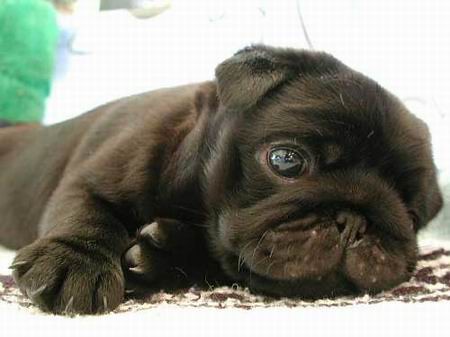
Classical conditioning is Stimulus (S) elicits >Response (R) conditioning since the antecedent stimulus (singular) causes (elicits) the reflexive or involuntary response to occur. Classical conditioning starts with a reflex: an innate, involuntary behavior elicited or caused by an antecedent environmental event. For example, if air is blown into your eye, you blink. You have no voluntary or conscious control over whether the blink occurs or not.
The specific model for classical conditioning is:
- Unconditioned Stimulus (US) elicits > Unconditioned Response (UR): a stimulus will naturally (without learning) elicit or bring about a relexive response
- Neutral Stimulus (NS) ---> does not elicit the response of interest: this stimulus (sometimes called an orienting stimulus as it elicits an orienting response) is a neutral stimulus since it does not elicit the Unconditioned (or reflexive) Response.
- The Neutral/Orientiing Stimulus (NS) is repeatedly paired with the Unconditioned/Natural Stimulus (US).
- The NS is transformed into a Conditioned Stimulus (CS); that is, when the CS is presented by itself, it elicits or causes the CR (which is the same involuntary response as the UR; the name changes because it is elicited by a different stimulus. This is written CS elicits > CR.
In classical conditioning no new behaviors are learned. Instead, an association is developed (through pairing) between the NS and the US so that the animal / person responds to both events / stimuli (plural) in the same way; restated, after conditioning, both the US and the CS will elicit the same involuntary response (the person / animal learns to respond reflexively to a new stimulus).
Summary Of the Concepts:
- Unconditioned Stimulus: a thing that can already elicit a response.
- Unconditioned Response: a thing that is already elicited by a stimulus.
- Unconditioned Relationship: an existing stimulus-response connection.
- Conditioning Stimulus: a new stimulus we deliver the same time we give the old stimulus.
- Conditioned Relationship: the new stimulus-response relationship we created by associating a new stimulus with an old response.
There are two key parts. First, we start with an existing relationship, Unconditioned Stimulus ---> Unconditioned Response. Second, we pair a new thing (Conditioning Stimulus) with the existing relationship, until the new thing has the power to elicit the old response.
No comments:
Post a Comment